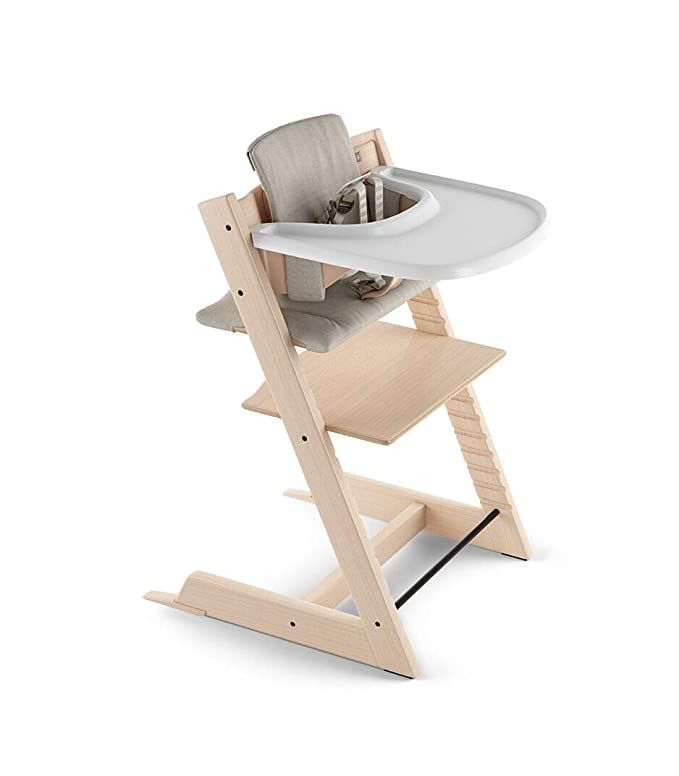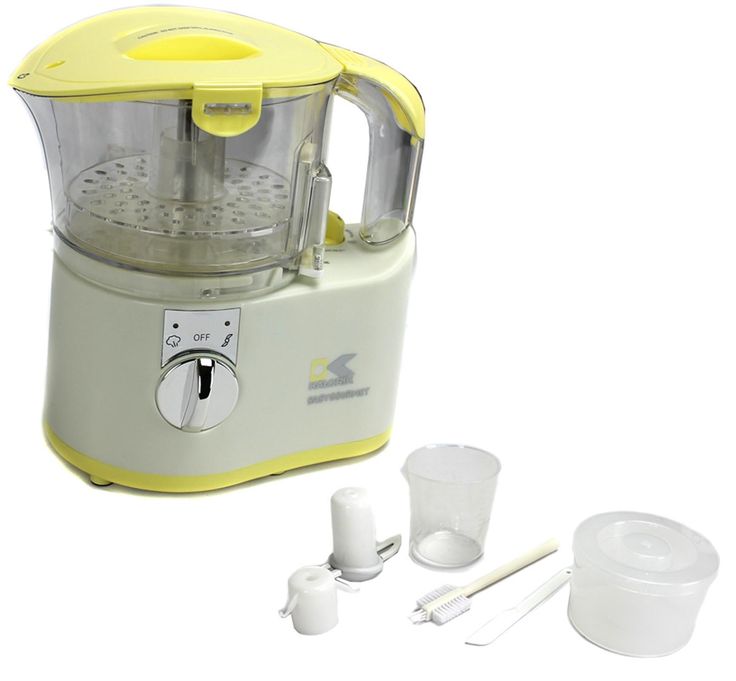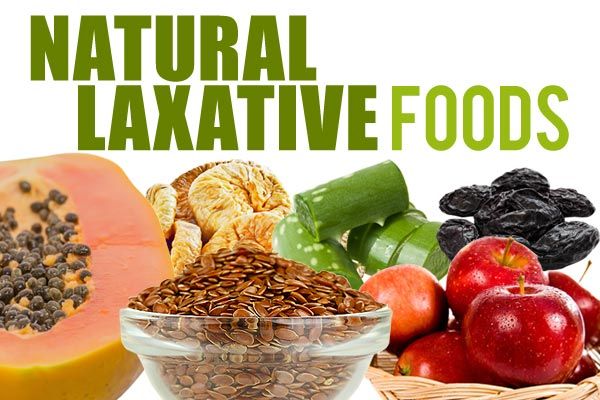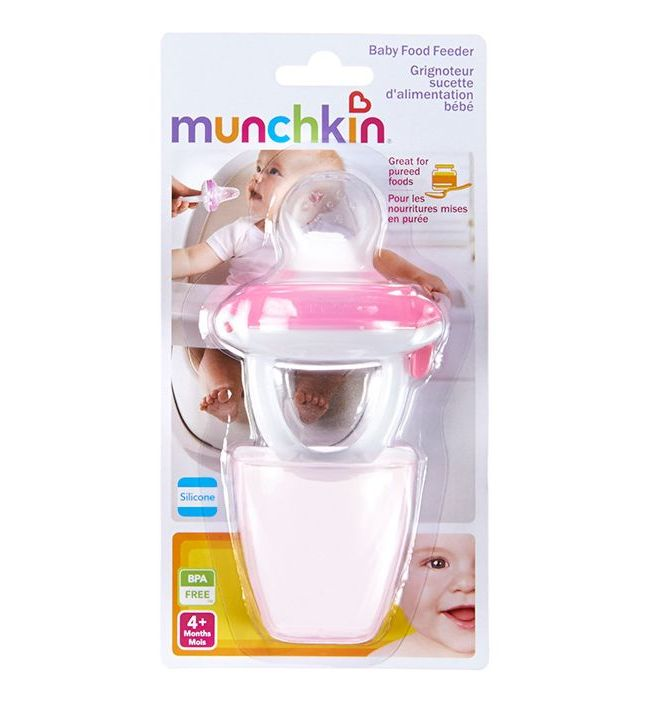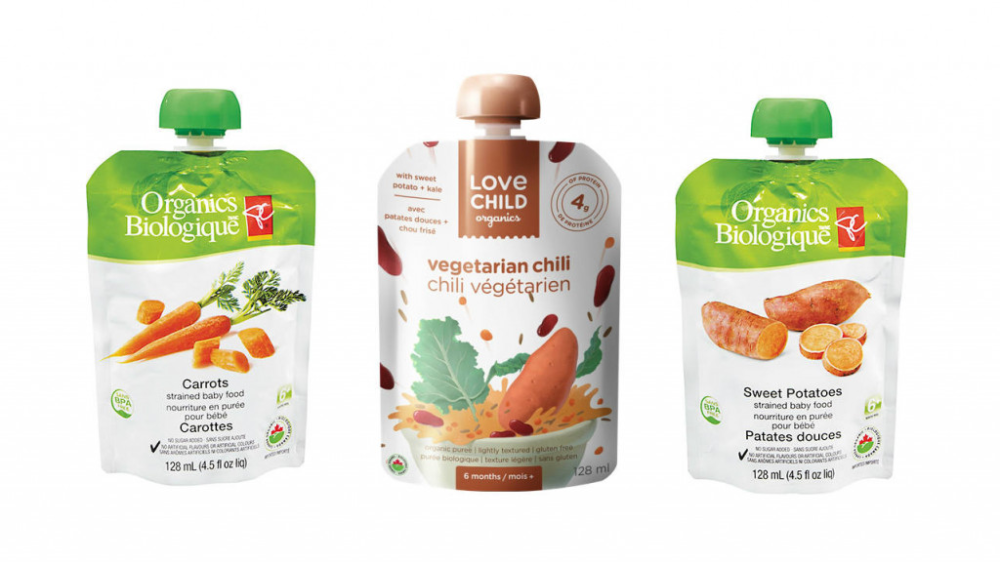When do babies finger feed
Finger Foods for Babies (for Parents)
When babies begin feeding themselves — a new task most really enjoy — they'll find that they like trying new tastes and textures.
By the time they're 9 months old, most babies have developed the fine motor skills — the small, precise movements — needed to pick up small pieces of food and feed themselves. You may notice that yours can take hold of food (and other small objects) between forefinger and thumb in a pincer grasp. The pincer grasp starts out a little clumsy, but with practice soon becomes a real skill.
Let your child self-feed as much as possible. You'll still help by spoon-feeding cereal and other important dietary elements. But encouraging finger feeding helps your child develop independent, healthy eating habits.
Finger feeding — and using utensils a little later — gives babies some control over what they eat and how much. Sometimes they'll eat the food, sometimes not, and that's all part of the process of learning self-regulation. Even little kids can tell when they're hungry or full, so let them learn to recognize and respond to these cues.
What Should a Baby Eat?
Now that they're joining the rest of the family for meals, older babies are ready to try more table foods.
This means more work for whoever makes the meals for the family, but dishes often can be adapted for the baby. For instance, your little one can have some of the zucchini you're making for dinner. Cook that serving a bit longer — until it's soft — and cut it into pieces small enough for the baby to handle. Pieces of ripe banana, well-cooked pasta, and small pieces of chicken are other good choices.
Before giving your child a finger food, try a bite first and ask yourself:
- Does it melt in the mouth? Some dry cereals and crackers that are light and flaky will melt in the mouth.
- Is it cooked enough so that it mushes easily? Well-cooked veggies and fruits will mush easily, as will canned fruit and vegetables (choose ones without added sugar or salt).

- Is it soft? Cottage cheese, shredded cheese, and small pieces of tofu are good examples.
- Can it be gummed? Pieces of ripe banana and well-cooked pasta can be gummed.
- Is it small enough? Food should be cut into small pieces. The sizes will vary depending on the food's texture. A piece of chicken, for instance, needs to be smaller than a piece of watermelon, which even a pair of baby gums will quickly smash.
If your child doesn't like a food, don't let that stop you from offering it at future meals. Kids are naturally slow to accept new tastes and textures. For example, some are more sensitive to texture and may reject coarse foods, such as meat. When introducing meat, it's helpful to start with well-cooked ground meats or shreds of thinly sliced deli meats, such as turkey.
Present your baby with a variety of foods, even some that he or she didn't seem to like the week before. Don't force your baby to eat, but realize that it can take 10 or more tries before a child will accept a new food.
Finger Foods to Avoid
Finger feeding is fun and rewarding for older babies. But avoid foods that can cause choking and those with little nutritional value.
Choking Hazards
Parents and caregivers can help prevent choking by supervising the baby during eating. Foods that are choking hazards include:
- pieces of raw vegetables or hard fruits
- whole grapes, berries, cherry or grape tomatoes (instead, peel and slice or cut in quarters)
- raisins and other dried fruit
- peanuts, nuts, and seeds
- large scoops of peanut butter and other nut or seed butters (use only a thin layer)
- whole hot dogs and kiddie sausages (peel and cut these in very small pieces)
- untoasted bread, especially white bread that sticks together
- chunks of cheese or meat
- candy (hard candy, jelly beans, gummies, chewing gum)
- popcorn, pretzels, corn chips, and other snack foods
- marshmallows
Hold the Sweets
At first bite, your baby probably will love the taste of cookies, cake, and other sweets, but don't give them now.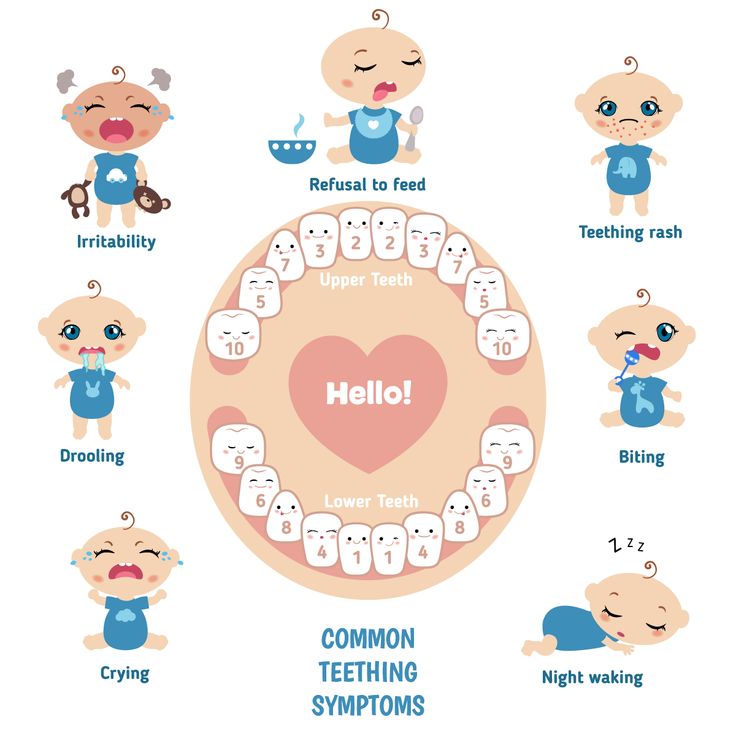 Your little one needs nutrient-rich foods, not the empty calories found in desserts and high-fat snacks, like potato chips.
Your little one needs nutrient-rich foods, not the empty calories found in desserts and high-fat snacks, like potato chips.
It's tempting to want to see the baby's reactions to some of these foods, but now is not the time. Grandparents and others may want to rush your baby into trying triple-chocolate cake or some other family favorite. Politely and firmly explain that the baby isn't ready for those foods. You can blame this tough love on your child's doctor — the doctor won't mind.
Giving Baby Finger Foods at 7-8 Months
Written by Rebecca Felsenthal Stewart
In this Article
- Month 7, Week 3
- Month 7 Week 3 Tips
Month 7, Week 3
Once your baby is a pro at eating soft mashed foods, they may be ready to move on to finger foods around 8 months. They have the dexterity to pick the food up and release it or mash it, and will become more efficient and independent as they master the pincer grip around 9 months. At that point they'll be able to use their thumb and forefinger to pick up the small chunks of food.
Your baby may grab at everything on your plate, but follow these guidelines for healthy and safe feedings.
- Start with menu items like pieces of soft cheese; small pieces of pasta or bread; finely chopped soft vegetables; and fruits like bananas, avocado, and ripe peaches or nectarines. These foods should require minimal chewing, as your baby may not yet have teeth. Do NOT let them have hot dogs, raw vegetables, nuts, meats, hard candy, or sticky textures such as nut butters that have increased choking risks at this stage.
- Introduce new foods one at a time in case there are any concers about allergies.
- Chop all foods into soft, bite-sized pieces, 1/2 inch or smaller.
- Watch out for choking hazards: Avoid round, firm foods like carrots, grapes, and hot dogs and skip anything like raw veggies and peanuts. Raisins and popcorn are dangerous for babies.
- Keep up your formula or breastfeeding schedule, but as your baby eats more solids, they’ll naturally start to take less milk.
 Your baby needs to start eating more solids and drinking less milk for the nutritional value at this stage.
Your baby needs to start eating more solids and drinking less milk for the nutritional value at this stage.
Your Baby's Development This Week
Your baby is getting stronger and may even be moving around, whether they are sliding around on their belly in reverse, scooting on their behind, or actually crawling forward. If you haven’t childproofed your house already, don’t wait any longer!
You may notice these growing signs of motor development:
- Your baby is probably now able to sit on their own for several minutes, without using their hands for support and they may be able to get up into a sitting position all by themselves.
- While you offer them support, they should be able to bounce up and down, and possibly even pull up to a stand.
- Their little hands are increasingly agile -- they are getting better at passing a toy back and forth from one to the other.
You might wonder about:
- Their vision.
 Your baby should be able to see nearly as far as an adult by now and can track moving objects with their eyes.
Your baby should be able to see nearly as far as an adult by now and can track moving objects with their eyes. - Stranger anxiety. You’re not imagining it: They may fear new people and situations. So give them time to warm up and reassure them if they are upset.
- What they can understand. Your baby might comprehend more than you realize, so it’s important to keep talking to them about everything you’re doing and try to be consistent about the words you use for familiar objects.
Month 7 Week 3 Tips
- If food allergies run in the family, talk to your pediatrician about introducing highly allergenic foods like peanuts and eggs.
- Fried foods are not good choices for babies. If you offer them at all, do so rarely.
- Avoid feeding your baby juice unless it is fresh-squeezed.
- By now, your baby’s diet should include grains, fruits, vegetables, and meats, and they should be eating two to three meals a day.
- In addition to rice, barley, or oat cereal, you can introduce grain products your baby can grab, such as toast, crackers, and dry cereal.
 Avoid any colorful, sugary cereals.
Avoid any colorful, sugary cereals. - Sit baby in their high-chair for feeding time. If they eat finger foods while crawling around, they are more likely to choke.
- You’re not done with breast feeding or bottle feeding. Your baby is starting the transition, but breast milk and formula are still key.
- Pureeing or mashing vegetables may make them easier for your baby to eat when they are first transitioning from a liquid diet to solids.
Various breastfeeding positions
Try different breastfeeding positions to find the one that works best for you and your baby. You can see the options in our selection of photos
Share this information
There is no right or wrong way to hold the baby while
feeding, and mom and baby are sure to find their favorite position.
It is important that both you and your child feel comfortable. nine0011 1.2 It's good to learn a few different breastfeeding positions and techniques because life's circumstances often require us to be flexible, especially as your baby gets older and you start to leave the house more often.
Whatever position you choose to breastfeed your baby, remember a few simple rules.
- Prepare everything you need before feeding, including drinks, food, mobile phone, TV remote control, book or magazine. And do not forget to go to the toilet - the feeding process can take a long time! nine0018
- Make sure your baby is comfortable. Whichever position you choose, it's important to keep your baby strong, level, and provide good support for their head, neck, and spine.
- You should also be comfortable. Don't stress. If necessary, use pillows of different sizes or rolls of towels to support your back or arms.
- Make sure your baby is latching on correctly. Proper grip is the key to comfort when breastfeeding. nine0018
- If your baby does not latch on well or you experience pain while feeding, contact a lactation consultant for help. The specialist will also be able to show you how to hold your baby more comfortably.
1. Relaxed feeding or reclining position
The relaxed feeding position, also known as biological feeding, 1 is often the first position for most mothers. If, immediately after birth, the baby is placed on the mother’s chest or stomach, normally, he instinctively reaches for the breast and tries to grab the nipple. This phenomenon is known as the breast seeking reflex. Skin-to-skin contact stimulates the infant's feeding instinct, and gravity helps him to latch onto the breast and maintain balance. nine0003
If, immediately after birth, the baby is placed on the mother’s chest or stomach, normally, he instinctively reaches for the breast and tries to grab the nipple. This phenomenon is known as the breast seeking reflex. Skin-to-skin contact stimulates the infant's feeding instinct, and gravity helps him to latch onto the breast and maintain balance. nine0003
But it's not just newborns that can be fed in the reclining position - this position is great for babies of all ages. It can be especially helpful if your baby does not latch well in other positions or does not like to be touched during feeding, and also if you have too much milk flow or too large breasts. Isabelle, a mother from the UK, shares her experience: “I had large breasts, and the baby was born small - 2.7 kg, so it was not easy to find a comfortable position at first. After a few weeks, it became clear that there was no “correct” posture for me. As a result, I most often fed lying down, putting the baby on my chest. ” nine0003
It is more convenient to feed not lying flat on your back, but half-sitting, leaning on pillows.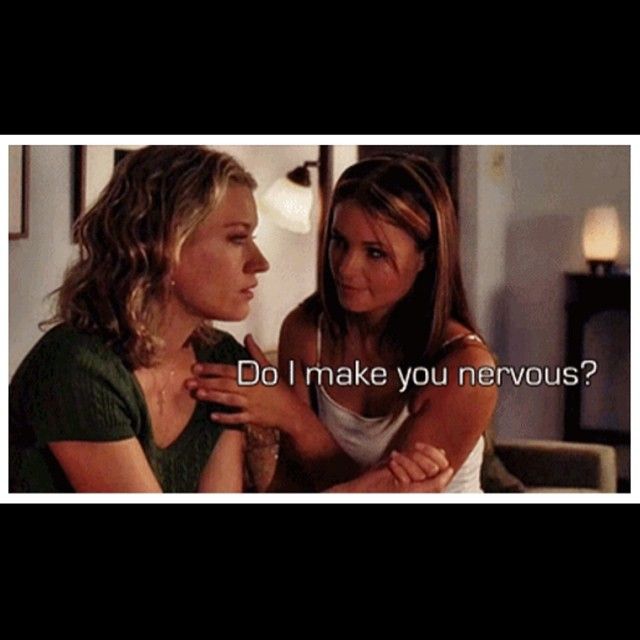 So you will have a back support and you will be able to watch the baby during feeding.
So you will have a back support and you will be able to watch the baby during feeding.
2. Cradle position
This is the classic
first thought of breastfeeding. Mom sits straight
, and the baby lies on her side on her arm, pressing his stomach against her stomach. 3 Although this is a very popular position, it is not always easy to master with newborns because it gives the baby less support. Try putting a pillow under your back, and put a special breastfeeding pillow on your knees and lean on it with your hands. So you can more reliably support the child, without overstraining your back and shoulders. Just make sure that the baby does not lie too high on the pillow for feeding. The breast should remain at a natural level so that the baby can grab it without effort, otherwise sore nipples cannot be avoided. nine0003
“I breastfed in the cradle position because it suited me perfectly! It was comfortable and I loved just sitting and looking at my little one,” recalls Rachel, a mother of two from Italy.
3. Cross Cradle
This breastfeeding position looks almost the same as Cradle, but the baby is on the other arm. 3 This gives your baby support around the neck and shoulders so he can tilt his head to latch on. This position is great for breastfeeding newborns and small babies, as well as for babies who do not latch well. Since the baby lies completely on the other hand, it becomes easier to control his position and you can adjust the chest with your free hand. nine0003
Julie, a UK mother of two, finds this position very practical: “I usually breastfeed my youngest in the cross cradle position. So I have a free second hand, and I can take care of an older baby at the same time. ”
Do not hold the baby's head at first, otherwise you may inadvertently press his chin against his chest. Because of this, the child will not be able to take the breast deeply, because the nipple will rest against the base of the tongue, and not against the palate, which will lead to inflammation of the nipples.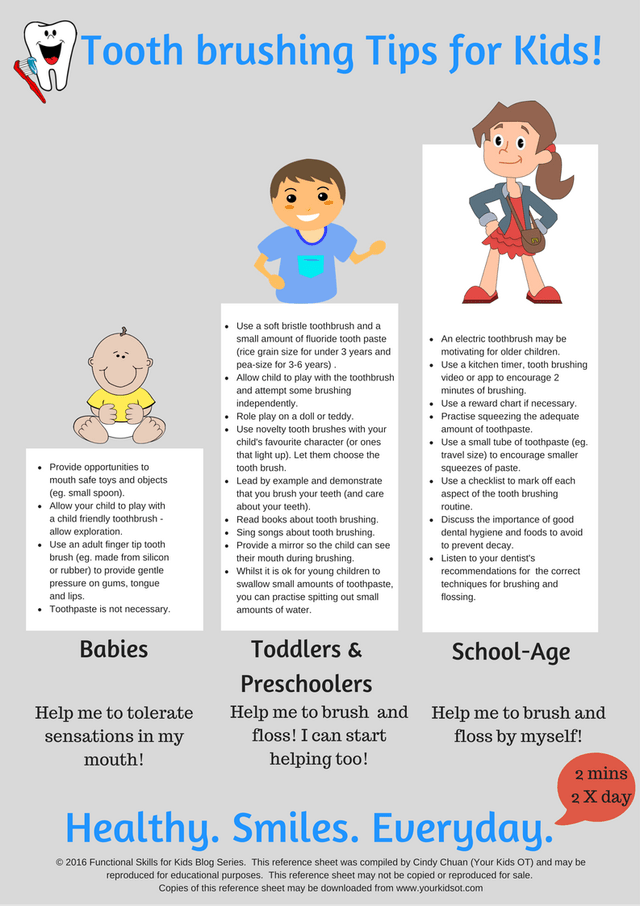 As the child grows, this position becomes more comfortable, and he can rest his head on your palm (as shown in the photo above). nine0003
As the child grows, this position becomes more comfortable, and he can rest his head on your palm (as shown in the photo above). nine0003
4. Underarm breastfeeding
In this position, also known as the “ball grip”, the mother sits with the baby lying along her arm at the side, legs towards the back of the chair (or any other seat). 3 Another comfortable position for newborn breastfeeding, you can give your baby good support, full control of his position and a good view of his face. And the baby feels safe in close contact with the mother's body. This position is especially good for those who have had a caesarean section or a premature birth, as well as mothers of twins and women with large breasts. nine0003
“When I breastfed my first daughter, I had very large K-sized breasts—twice the size of her head,” recalls Amy, an Australian mother of two. - I put rolls of towels under each breast, because they were very heavy, and fed my daughter in a pose from under the arm, but only sitting straighter so as not to crush her. This position was also convenient because I had a caesarean section and could not put the baby on my stomach.”
This position was also convenient because I had a caesarean section and could not put the baby on my stomach.”
5. Side-lying position
The side-lying position is ideal for a relaxed
nighttime feeding in bed or on the couch. If you had a
caesarean section or ruptures during childbirth, this position may be more comfortable than sitting down. 3 In this position, mother and baby lie side by side, tummy to tummy.
“It was difficult for me to sit during endless night feedings, firstly because of the caesarean section, and secondly because of lack of sleep,” recalls Francesca, a mother from the UK. “And then I discovered that you can feed your baby lying on your side and rest at the same time.” nine0003
“Because of the short tongue frenulum, Maisie could only properly latch on to her breasts while lying on her side. The lactation consultant showed me how it's done. In this position, the flow of milk was optimal for my daughter, and it was easier for her to keep the nipple in her mouth.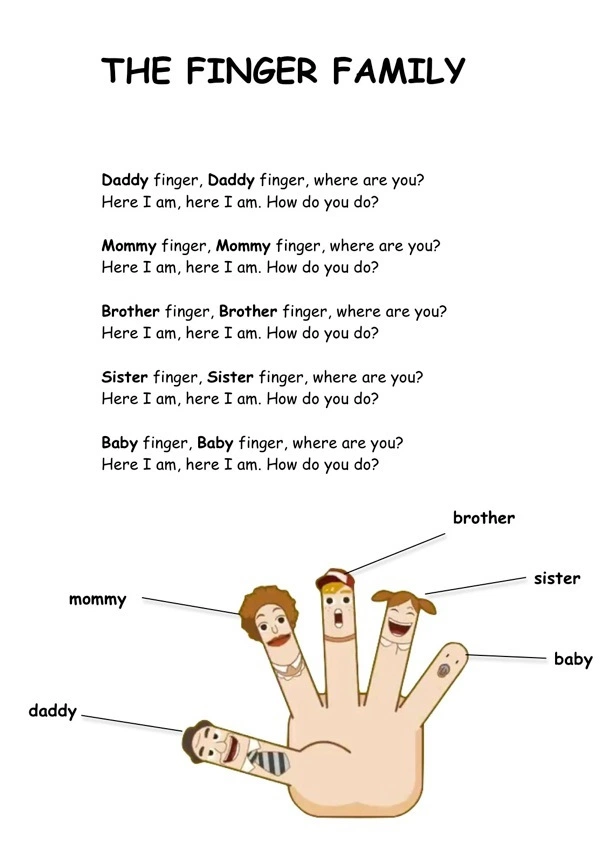 As she got older, she became much better at grabbing her breasts in normal positions,” says Sarah, mother of two from Australia.
As she got older, she became much better at grabbing her breasts in normal positions,” says Sarah, mother of two from Australia.
6. Relaxed breastfeeding after caesarean section
If you can't find a comfortable position for breastfeeding after caesarean section, 3 try holding the baby on your shoulder in a reclining position – this does not stress the postoperative suture and allows you to breastfeed your baby comfortably. You can also try side feeding.
7. Sitting upright breastfeeding or “koala pose”
When breastfeeding in an upright position or “koala pose”, the baby sits with a straight back and a raised head on the mother's hip. 4 This position can be tried even with a newborn if it is well supported, but it is especially convenient for feeding a grown child who can already sit up by himself. The upright sitting position, or “koala pose,” is great for toddlers who suffer from reflux or ear infections and feel better sitting.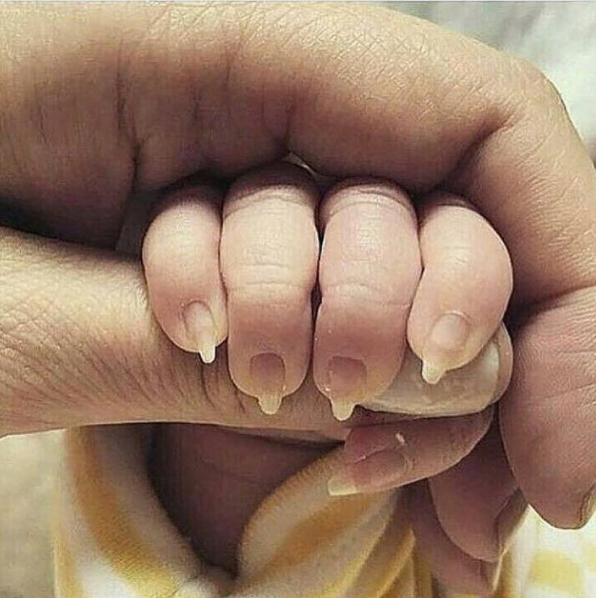 In addition, this pose may be suitable for children with a shortened frenulum of the tongue or reduced muscle tone. nine0003
In addition, this pose may be suitable for children with a shortened frenulum of the tongue or reduced muscle tone. nine0003
“When my daughter got a little older, I would often feed her in an upright position, which was more comfortable for both of us, and I could still hold her close,” recalls Peggy, a mother from Switzerland. “Besides, it was possible to discreetly breastfeed her in public places.”
8. Overhanging position
In this position, the baby lies on his back, and the mother bends over him
on all fours so that the nipple falls directly into his mouth. 4 Some moms say this breastfeeding position is good to use occasionally for mastitis, when touching the breasts is especially unpleasant. Some say that this breastfeeding position helps with blockage of the milk ducts, although there is no scientific evidence for this yet. You can also feed in the “overhanging” position while sitting, kneeling over the baby on a bed or sofa, as well as reclining on your stomach with support on your elbows.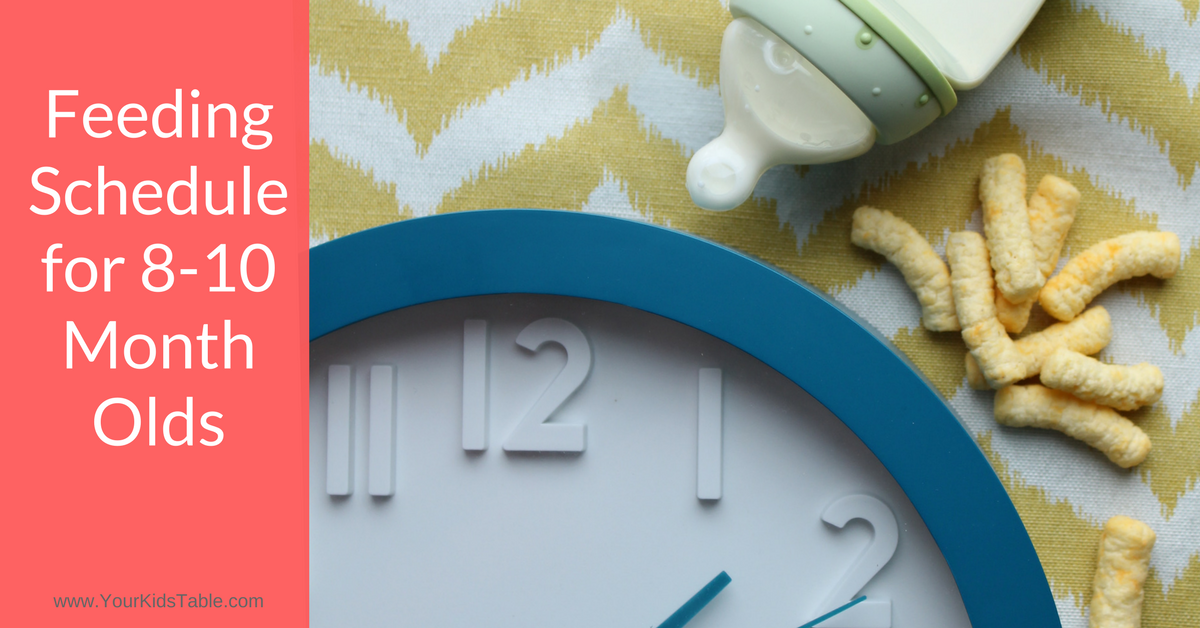 Pillows of various sizes that you can lean on will help you avoid back and shoulder strain. nine0003
Pillows of various sizes that you can lean on will help you avoid back and shoulder strain. nine0003
“I have breastfed several times in the 'overhang' position for clogged milk ducts when no other means of dissolving the blockage worked. And this pose seems to have helped. I think it's because of gravity, and also because the breasts were at a completely different angle than with normal feeding, and my daughter sucked her differently, ”says Ellie, a mother of two from the UK.
Feeding in the "overhanging" position is unlikely to be practiced regularly, but in some cases this position may be useful. nine0003
“I used to breastfeed in the overhang position when my baby was having trouble latch-on,” says Lorna, mother of two in the UK. - This, of course, is not the most convenient way, but then I was ready for anything, if only he could capture the chest. We succeeded and have been breastfeeding for eight months now!”
9. Breastfeeding in a sling or in a sling
Breastfeeding in a sling takes some practice, but it can be used to go out, look after older children, or even do a little household chores. nine0003
nine0003
The sling is also useful if the baby does not like to lie down or is often attached to the breast. Lindsey, a mother of two in the US, notes: “I used the carrier frequently for both of my children. When we were out, I tied the sarong around my neck and covered the carrier with it. Under such a cape, the baby can eat as much as he wants until he falls asleep.
This breastfeeding position is best when the baby is already good at breastfeeding and can hold his head up by himself. Any slings are suitable for breastfeeding, including elastic and rings, as well as carrying bags. Whatever option you choose, the main thing is that you can always see the face of the child, and his chin does not rest against his chest. nine0003
10. Double hand-held breastfeeding
Double hand-held breastfeeding (or “double-ball grab”) is great for mothers of twins—you can breastfeed both at the same time and keep your arms relatively free. 4 When feeding in this position, it is advisable to use a special pillow for breastfeeding twins, especially at first.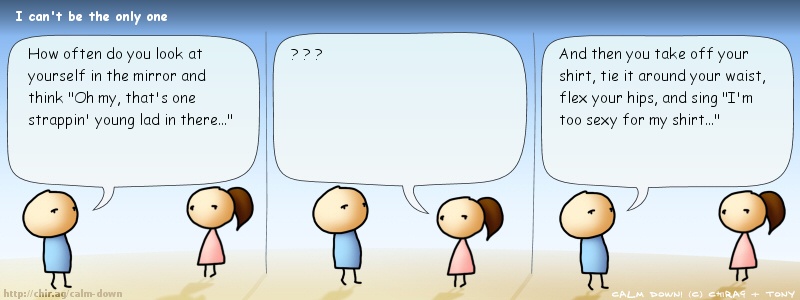 It will provide extra support and help keep both babies in the correct position, as well as reduce the burden on the abdomen if you had a caesarean section. In addition, the hands are freer, and if necessary, you can deal with one child without interfering with the second. nine0003
It will provide extra support and help keep both babies in the correct position, as well as reduce the burden on the abdomen if you had a caesarean section. In addition, the hands are freer, and if necessary, you can deal with one child without interfering with the second. nine0003
“My twins were born very tiny and had to be fed every two hours at any time of the day or night. Very soon it became clear: if I want to do anything besides feeding, I need to feed them both at the same time, - says Emma, mother of two children from the UK. “I breastfed them two by hand using a breastfeeding pillow.”
Other good positions for breastfeeding twins are two criss-cross cradles, one baby in the cradle and the other close at hand, reclining feeding, or sitting upright (one baby on one side, the other on the other). nine0003
11. Breastfeeding in the "hand-supported" or "dancer's hand" position
muscle tone (which is typical for premature babies, children suffering from various diseases or Down syndrome), try supporting his head and your chest at the same time.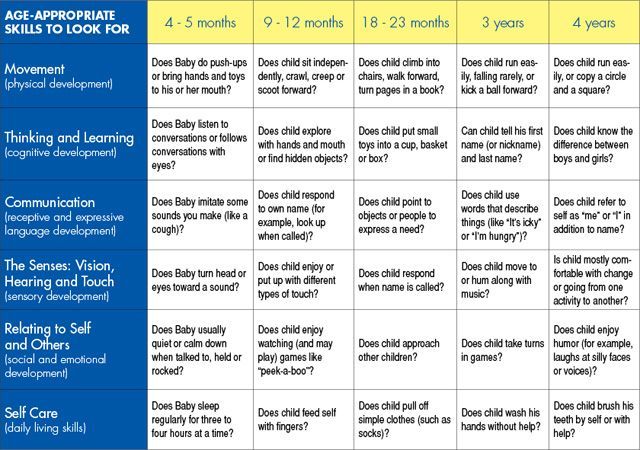 4 Grasp your chest with your palm underneath so that your thumb is on one side and all the others are on the other. Move your hand slightly forward so that your thumb and forefinger form a "U" just in front of your chest. With the other three fingers, continue to support the chest. With your thumb and forefinger, hold the baby's head while feeding so that his chin rests on the part of the palm between them, your thumb gently holds the baby on one cheek, and your index finger on the other. So the baby gets excellent support, and you can control his position and see if he is holding his breast. nine0003
4 Grasp your chest with your palm underneath so that your thumb is on one side and all the others are on the other. Move your hand slightly forward so that your thumb and forefinger form a "U" just in front of your chest. With the other three fingers, continue to support the chest. With your thumb and forefinger, hold the baby's head while feeding so that his chin rests on the part of the palm between them, your thumb gently holds the baby on one cheek, and your index finger on the other. So the baby gets excellent support, and you can control his position and see if he is holding his breast. nine0003
Literature
1 Colson SD et al. Optimal positions for the release of primitive neonatal reflexes stimulating breastfeeding. Early Hum Dev . 2008;84(7):441-449. - Colson S.D. et al., "Optimal Positions for Provoking Primitive Innate Reflexes to Induce Breastfeeding." Early Hume Dev. 2008;84(7):441-449.
2 UNICEF UK BFHI [ Internet ]. Off to the best start ; 2015 [ cited 2018 Feb ]. - UNICEF UK, Baby-Friendly Hospital Initiative, Start the Best You Can [Internet]. 2015 [cited February 2018].
Off to the best start ; 2015 [ cited 2018 Feb ]. - UNICEF UK, Baby-Friendly Hospital Initiative, Start the Best You Can [Internet]. 2015 [cited February 2018].
3 Cadwell K. Latching - On and Suckling of the Healthy Term Neonate: Breastfeeding Assessment. J Midwifery & Women's Health. nine0133 2007;52(6):638-642. — Cadwell, K., "Latching and sucking in healthy newborns: evaluation of breastfeeding." F Midwifery Women Health. 2007;52(6):638-642.
4 Wambach K, Riordan J, editors. Breastfeeding and human lactation. Jones & Bartlett Learning ; 2014. 966 p . - Wambach K., Riordan J., "Breastfeeding and female lactation". Burlington, MA: Publishing House Jones & Bartlett Learning ; 2014.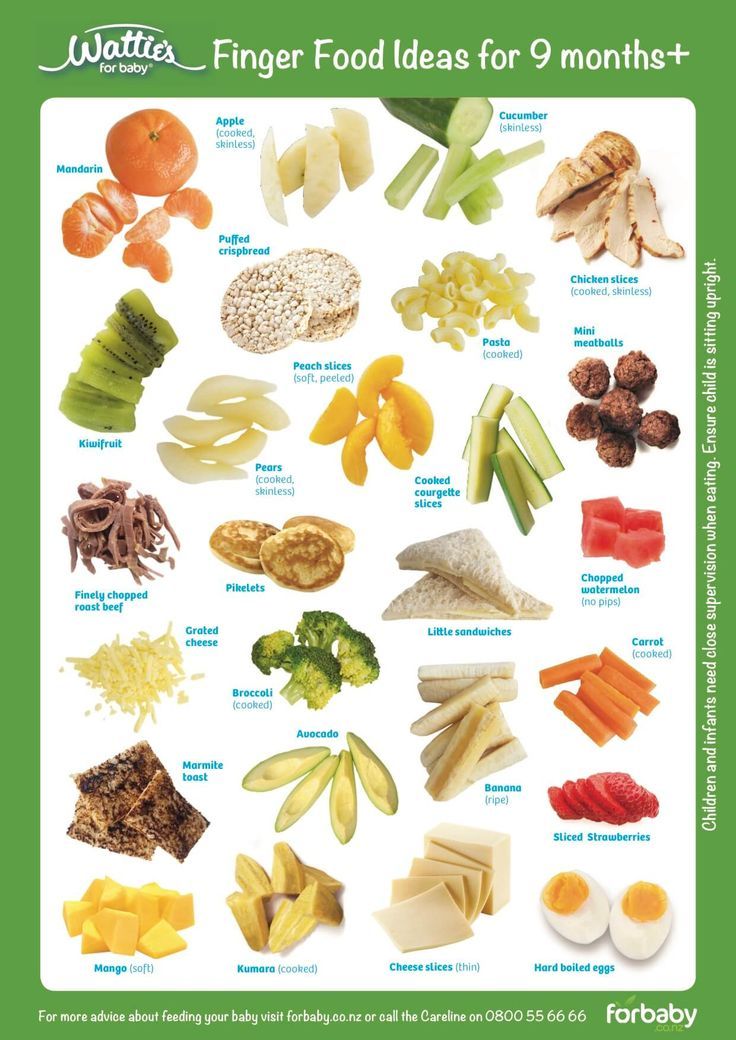 Pp. 966.
Pp. 966.
How to apply the baby while breastfeeding
Desired position
First of all, you need to correctly position the baby at the chest. Take him in your arms so that he is turned to his mother with his whole body, the child's face should be close to the chest, his mouth is wide open. In case of an incorrect position, the baby's body is deviated from the mother's, the chin does not touch the chest, the lips are extended forward. This is an important point, because if the baby starts sucking the breast incorrectly, he will not receive enough milk, the baby will begin to throw and grab the breast again, and sometimes even refuse it. nine0003
Correct grip
Now you need to correctly insert the breast into the baby's mouth. In general, every healthy newborn has reflexes that help him eat. But the baby does not have a reflex that would help him keep his mother's breast in his mouth, and the baby cannot properly grasp the nipple himself. Therefore, the child needs help - put the breast into the crumbs' mouth so that it captures not only the nipple, but also the areola.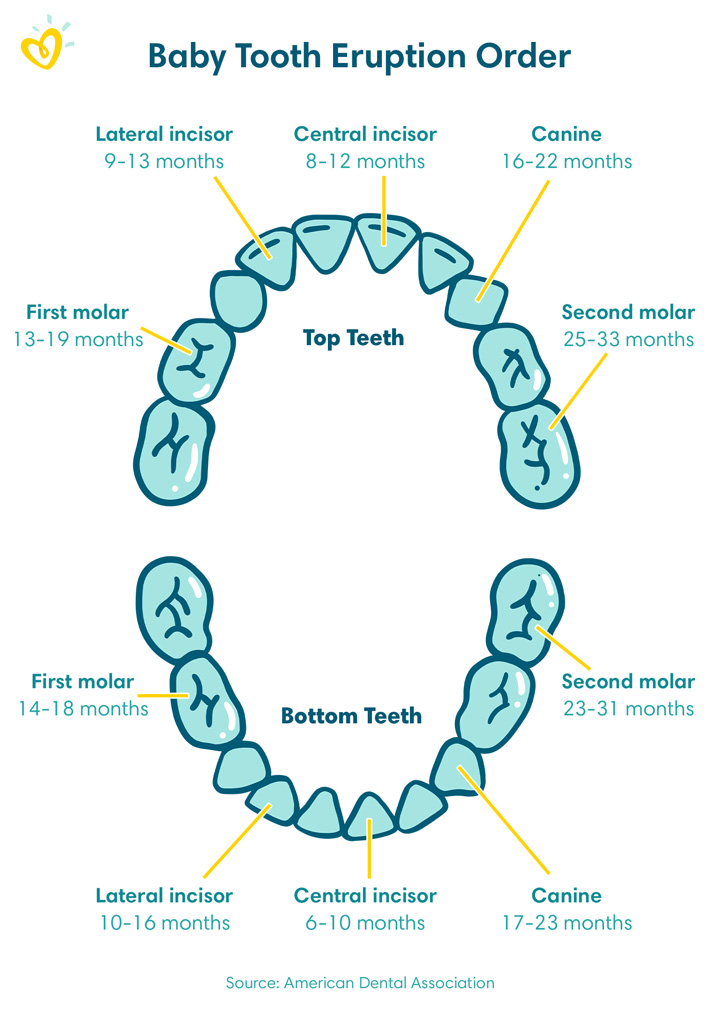 If the baby grabs only the nipple, then the pressure on the ducts of the mammary gland will be weak and the milk will flow poorly from the breast. In addition, if a child suckles only the nipple, his skin is often damaged and cracks appear on the nipple. Sometimes, in order to give a breast to a child, a mother pinches the nipple and areola with her fingers and tries to push them into the baby's mouth. You don’t need to do this, it’s much easier to just touch the nipple to the baby’s lips (stimulate the capture reflex), wait until the baby opens her mouth wide, and quickly give him the breast. nine0003
If the baby grabs only the nipple, then the pressure on the ducts of the mammary gland will be weak and the milk will flow poorly from the breast. In addition, if a child suckles only the nipple, his skin is often damaged and cracks appear on the nipple. Sometimes, in order to give a breast to a child, a mother pinches the nipple and areola with her fingers and tries to push them into the baby's mouth. You don’t need to do this, it’s much easier to just touch the nipple to the baby’s lips (stimulate the capture reflex), wait until the baby opens her mouth wide, and quickly give him the breast. nine0003
simple poses
Immediately after delivery, especially if there was a caesarean section or an episiotomy (or just want to lie down), you can feed the baby lying on its side . You lie in bed, put the baby next to you, bend your lower arm at the elbow, and support the back of the child with your upper palm. The baby should lie on the bed parallel to your body, his mouth should be at the same level and very close to your nipple.
The second easiest position for feeding - sitting position . To do this, take the baby in your arms, bend your arm at the elbow from the side of the breast with which you will feed the baby. At the same time, the baby's head lies on a bent arm. To make it more convenient for you, put a pillow under your elbow (regular or special for feeding), you can also put something under your legs.
For variety
We have mastered simple poses - now you can try to feed the baby from other positions, for example, in position "jack" : mother and baby lie on their side parallel to each other, but now their legs and head are looking in different directions. There is also such a position - "chest on top" : the baby lies on its side, and the mother seems to hang over him. In this position, it is easier for milk to go down the ducts, and it is easier for the child to get it. To make everyone comfortable, the baby should be put on some kind of elevation (for example, on a pillow).
Prevention of lactostasis
Laxtostasis, or stagnation of milk, is a very unpleasant thing. It occurs when any lobule of the mammary gland is not emptied of milk to the end. To prevent it or if it has already occurred, you need to feed the baby from under of the arm (from under the arm). In general, if you feed in this position at least once a day, then the lower and lateral lobes of the breast (the most frequent places of lactostasis) will be better emptied.
In this position, you put the baby on the pillow, the baby's head is located at your chest, and the body and legs are behind you (facing towards your armpit). Here's the important thing: the baby's mouth should be at the level of the nipple, then your back will not get tired during feeding.
The child likes it
If your milk flows out too quickly and the baby does not have time to swallow it, then you can feed the baby in position "baby on top" . You lie on your back (with your head on the pillow), and the baby is applied from above. Grown up children still love this pose because it is more convenient for them to observe the world around them “from above”.
Grown up children still love this pose because it is more convenient for them to observe the world around them “from above”.
The second favorite position of older children is that the baby sits or stands while feeding . Children like that they can eat and look at their mother, and at any time they can kiss the breast on their own. nine0003
So learn how to properly breastfeed your baby, master different positions, and then you can feed for a long time and with pleasure!
When the baby suckles the breast incorrectly, the skin in some areas of the nipple is constantly irritated and rubbed, cracks appear. With each feeding, the condition worsens, the cracks become deeper and longer, and the pain intensifies.
Insert the breast into the baby's mouth so that the baby captures not only the nipple, but also the areola. If the baby grabs only the nipple, then the pressure on the ducts of the mammary gland will be weak and the milk will flow poorly from the breast.

